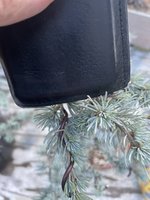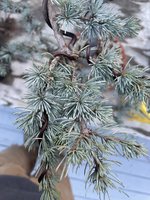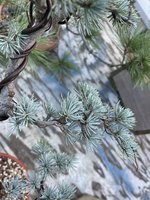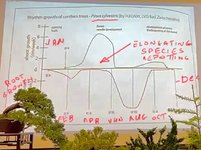...using the energy it has reserved for spring growth to re-establish the ‘injured’ roots.
"Most of finer root hairs die when transplanted, and plant resources go to root generation in fall. In spring, resources go to the branches and foliage, so the rate of root growth decreases. Summer's heat and drought stress follows spring repotting." -- Larry Morton,
Modern Bonsai Practice: 501 Principles of Good Bonsai Horticulture, feat. Walter Pall.
He goes on to list various other reasons for repotting in fall: Less environmental stress, less water needed, low temps, evapotranspiration is reduced, tops are going dormant while new roots are flushing out again and continuing to grow, more photosynthates in branches and roots, more time for plants to establish before bad weather, stable weather to promote root development, etc.
Spring does not promote root growth as much as fall due to it moving more energy to branches and to the leaves/needles. The book is horticultural science applied bonsai, and a great resource.
Early spring is still a great time to repot. Based on your tree still on the cusp of budding or "early spring behavior", it seems like it's still in the window for successful spring potting.





